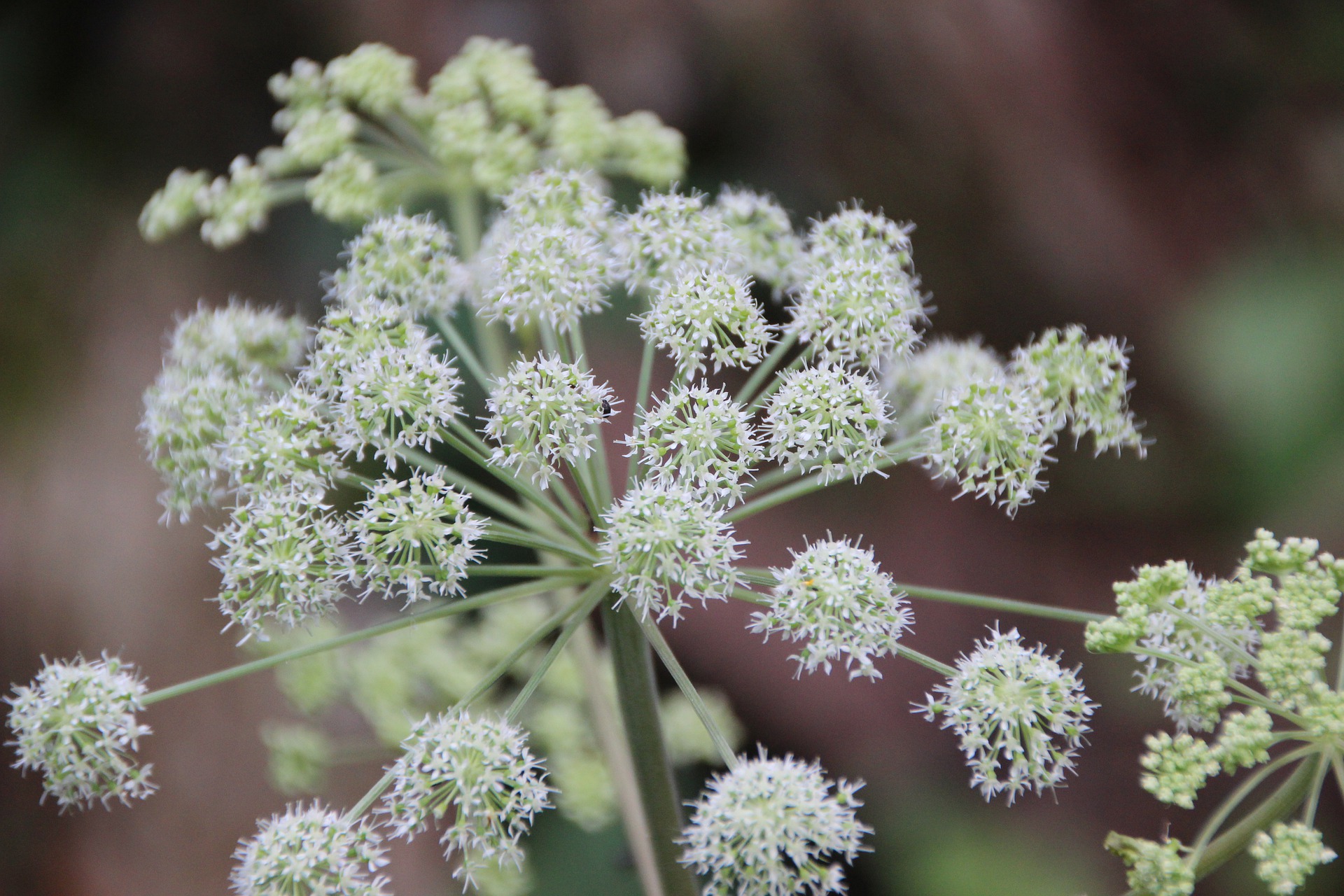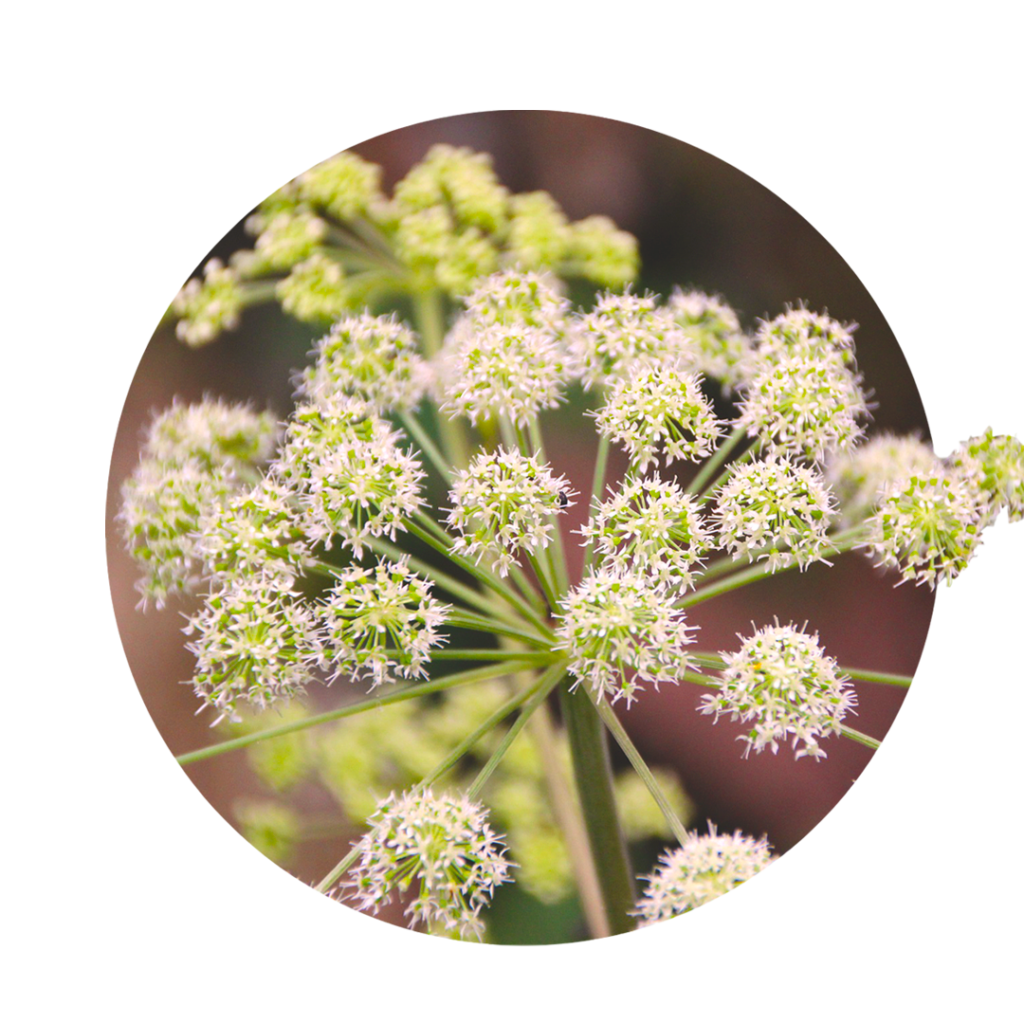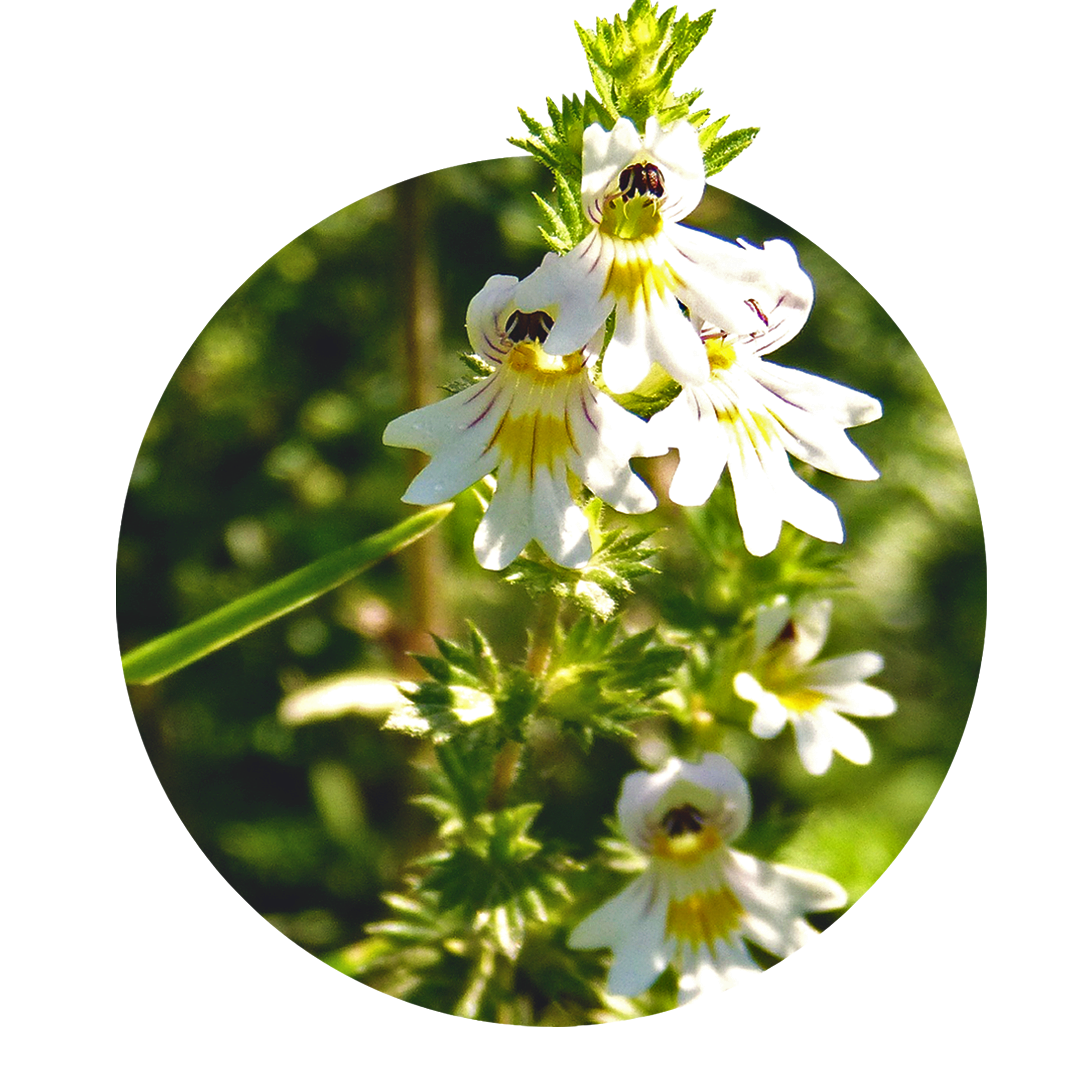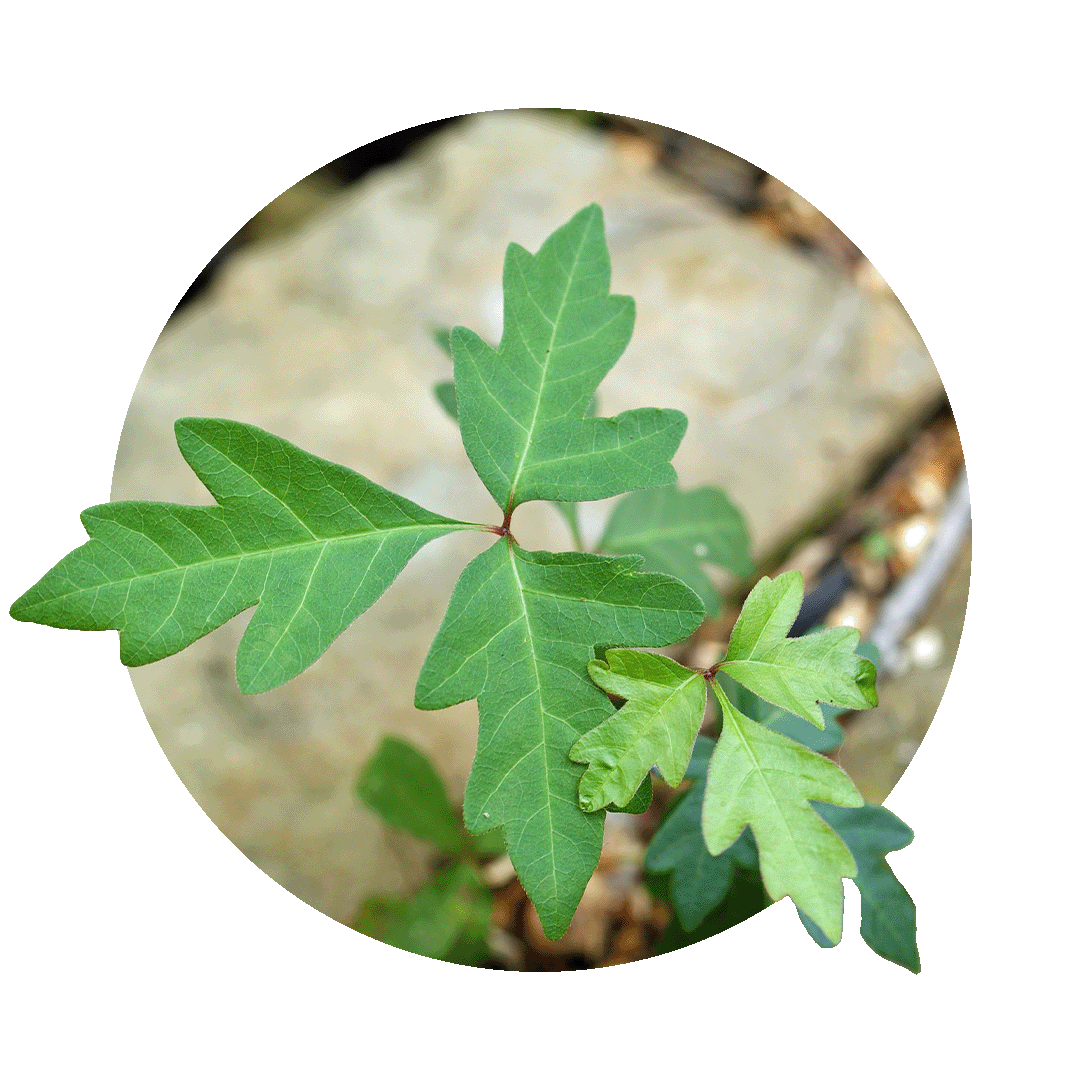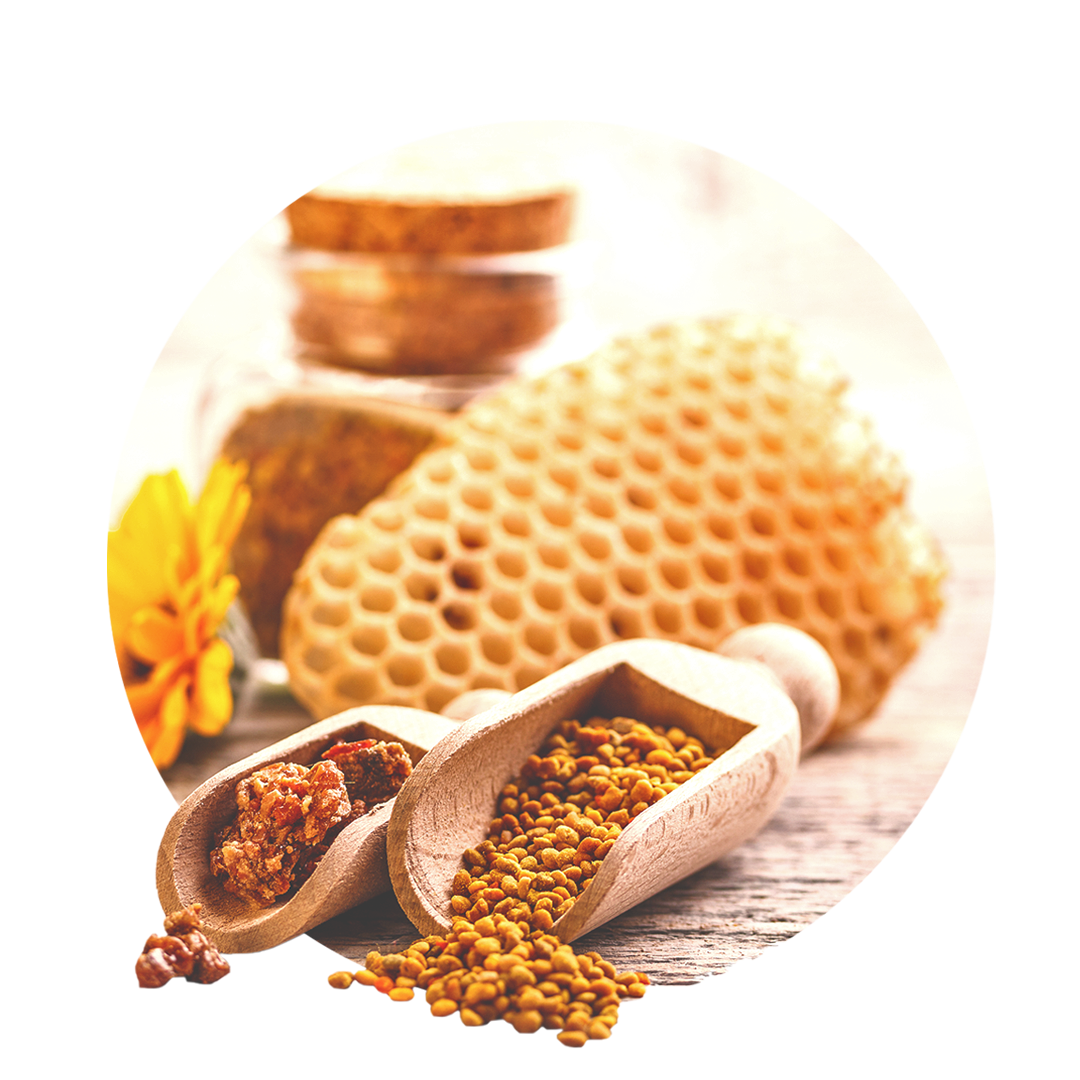Angelica: The archangel among plants
Angelica is a plant used since ancient times, but mainly in Northern Europe. Therefore, there are hardly any traditions regarding its use at that time. From the Middle Ages onwards, it is repeatedly found as a component of bitter elixirs. These so-called theriaks had a metabolism-activating and digestion-promoting effect, but were often used as a panacea for all kinds of ailments. The plant owes its name archangelica to its abortifacient effect. In the past it was used by the angel makers, mostly monks, for abortion.
Its main use is to stimulate digestion. For this purpose, the root of angelica is used, which is harvested in spring. The high degree of bitterness makes angelica root the first choice for stimulating the digestive glands.
Angelica facts
Did you know that...
... Angelica in the Middle Ages was considered THE plant against the plague?
... the plant was brought to Central Europe by the Vikings in the 10th century?
...the candied stems are considered a delicacy?
What is angelica?
Angelica is a perennial plant from the umbellifer family that grows up to 3m high. It can be found in damp meadows, along roadsides or stream banks. It is usually 2-4-years-old, but blooms only once during this period. Its stem can be up to 10cm in diameter, is slightly grooved and hollow inside. Distinctive is the spicy-aromatic smell that the plant exudes.
The umbels of the plant contain 20-40 umbel rays and form spherical flowers that give the plant a light, imposing and distinctive character. The pinnate leaves are attached to long, hollow stems and have a circumferential serration.
General and medicinal properties of angelica
The basic knowledge
Stomach tonic
Angelica root is often used to promote gastric juice production. Especially old people and patients with chronically overacidic stomach often lose their ability to produce smaller amounts, stronger and higher quality gastric acid. Angelica regulates the function and strengthens the stomach.
Galloping
Angelica archangelica is bilious. Its antispasmodic and bile flow promoting properties allow bile to flow back into the intestines. Digestion works better again and the intestine calms down.
Flatulent
Angelica is flatulence-inducing. If the pH values in the intestine are not right and the interaction of the intestinal bacteria is disturbed, the patients often have flatulence. Angelica root regulates the pH values, the bacteria can work and the flatulence decreases.
Antimicrobial
Angelica has an antimicrobial effect due to its ingredients. Therefore, it can also be used to successfully treat infections of the respiratory tract and intestines.
Angelica archangelica: Ingredients
Most strikingly, the plant expresses its ingredients through its characteristic odor and bitterness. The following components are responsible for this:
- Essential oils
- Bitters
- Coumarins, furanocoumarins
- Flavonoids
- Resins
Angelica: effect for body and mind
Angelica is very majestic in appearance, bright and light. It presents its sunny character with its radiant flowers and its balsamic, soothing scent supports this.
Its bitter substances and essential oils have significant effects on the digestive organs. Angelica is basically antispasmodic and thus improves the outflow of bile into the relaxed intestines. Its bitter substances also stimulate the secretion of the digestive glands, thus supporting the stomach, pancreas and liver in their part in digestion.
Due to the coumarins it contains, it gently influences the blood flow properties and promotes good blood circulation in the tissues. Due to this effect, it is also said to have expectorant properties, especially in cases of chronic congestion in the deep bronchial structures.
Its essential oils have an additional antimicrobial effect, especially on intestinal and bronchial pathogens.
Externally, it is often used for weeping, poorly healing wounds and eczema.
Due to its light properties and its high content of bitter substances, it is considered beneficial for the heart and the mind, freely according to the old adage: "Bitter makes the liver happy and the heart glad! It is therefore also a component in mixtures that actually have the soul as the target for their effect.
Properties of angelica
- Building
- Digestive
- Flatulent
- Bile flow boosting
- Ejecting
- Stomach tonic
- Liver cleansing
Fields of application in naturopathy
[Angelica archangelica]
Due to its strong aromatic and bitter properties, angelica root is one of the great amara plants and a frequent ingredient of historical bitter elixirs. It is also always included in the well-known Swedish drink. After all, a healthy center (digestion) is the basis for a healthy body.
Angelica: effect on stomach and digestive problems
Many patients have digestive problems that originate in the stomach. The stomach normally produces a very strong acid. Stress, stimulants, and too much heavy food can cause the stomach to produce far too much of this stomach acid. Over the years, this mechanism can become exhausted, and the stomach, exhausted, begins to produce a lot of stomach acid, but inferior stomach acid. The result is improper digestion, since protein digestion, for example, requires that a strong stomach acid has done preliminary work. The result can be discomfort, flatulence and a constant feeling of fullness of the stomach.
Angelica: effect on flatulence
Flatulence is often a sign of indigestion. They can be caused by a stomach that is too acidic or not acidic enough, as well as by a lack of bile or pancreatic secretion. Tea or tinctures of angelica now have the property of stimulating both the formation of gastric acid and bile. It will also cause the pancreas to release a higher quality digestive secretion into the intestines. If the pH of the intestine is now correct, the intestinal bacteria together with the enzymes of the pancreas can cleanly digest the food. No putrefactive gases are produced, which would lead to flatulence.

Angelica archangelica for heartburn
Heartburn is usually due to stress or related malnutrition. The patient eats too much white flour, too fat, too heavy and also too much. Mostly he loves stimulants like coffee and cigarettes, which additionally irritate the stomach. So the stomach constantly produces (too) high amounts of gastric acid, which can now rise into the unprotected esophagus and cause an unpleasant burning sensation there. In the long run, this is very unhealthy, and it promotes the development of esophageal cancer. Stomach acid is a strong acid and severely corrodes the esophagus.
Angelica, with its bitter substances, has a regulating effect on the activity of the acid-producing supporting cells of the stomach. This calms the stomach and the amount of gastric acid decreases. Heartburn decreases because excess stomach acid can no longer flow into the esophagus.
Angelica: effect as an emotional remedy
Angelica supports the activity of all digestive glands and optimizes nutrient absorption. A liver that is not overly burdened with the digestion and absorption of nutrients has free capacity to take care of its other hundreds of metabolic processes. This relief of the digestion leads to the body being less 'strained' and having more strength and energy left. One feels fit, healthy and vital. That is why it is said that the liver creates vital energy from food. Bitter makes the liver happy, heart and soul happy!
Angelica effect on stress
Stress does not only cause symptoms in the nervous system. The liver's metabolism also goes into overdrive, as it has to break down all the stress hormones from the adrenal cortex, such as cortisol and adrenaline. If this stress lasts for a long time, the liver can go to its knees under this permanent load. The result is often severe fatigue, exhaustion and listlessness. Angelica supports the liver metabolism with its bitter substances and coumarins to break down the stress hormones better and faster. The liver is relieved and works better, the person feels fitter again.

Angelica archangelica for weeping wounds
Poorly healing weeping wounds usually do not respond to conventional healing ointments. Angelica is antimicrobial and with its coumarins also increases blood flow. This keeps the wound clean and improves blood flow. The wound can heal and close. One can use both aqueous extracts and ointment preparations for this purpose and apply them as bandages.
Angelica for sleep problems
Stress hormones also play a major role in sleep problems as they stress the liver. Patients often report waking up at a certain time of night between 1-3 o'clock. In Chinese medicine, this is considered liver time, as the organ nurtures and regenerates itself around this time. If the patient wakes up at this time, it is an indication that this organ needs care. A cure with angelica is a good idea now, because it relieves the liver and allows it to regenerate again.

Notes on the use of angelica
Angelica is mostly used as a component of tea or drop mixtures. The dosage is usually three times a day before meals, because you want to use the digestive stimulating effect before food intake. Continuous use is not indicated. It should be used as a cure for a few weeks or especially for heavy meals.
Angelica during pregnancy & lactation
Due to its astringent effect of bitter substances and coumarin content that promotes bleeding, angelica should not be taken in any form during pregnancy.
Angelica and sunlight
The furanocoumarins contained make photosensitive and can promote skin inflammation. Both external and internal use allow this side effect.
Angelica for gastrointestinal ulcers
Angelica stimulates the formation of gastric acid. If the patient already has a gastrointestinal ulcer, an increase in acid is not desired until the ulcer is proven to have healed. Taking it during a gastrointestinal ulcer is therefore not advisable.
Angelica fresh juice
Contact with the fresh juice from the stems of the plant can cause skin inflammation i.e. contact dermatitis in sensitive people.
Angelica and giant hogweed
Both plants look very similar to the absolute layman. Again and again people warn against the confusion, because the giant hogweed leads to massive burns when touched, which usually require clinical treatment. Therefore, be careful when touching the plant, you should be sure.
Discover our sprays
With natural methods such as the individual spagyric sprays from Zimply Natural, complaints can be treated and sustainably alleviated.
Use healing power of angelica!
Use the healing power of Angelica archangelica and our other more than 100 medicinal plants for the natural relief of your ailments. Improve your well-being and support your body, mind and soul! Use our configurator to create your personal spagyric spray, which is tailored to your needs and accompanies you on your natural path to the improvement of body, mind and soul.

